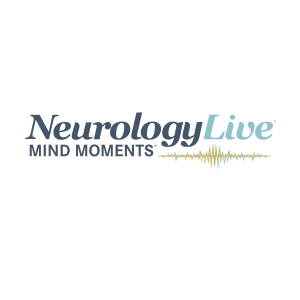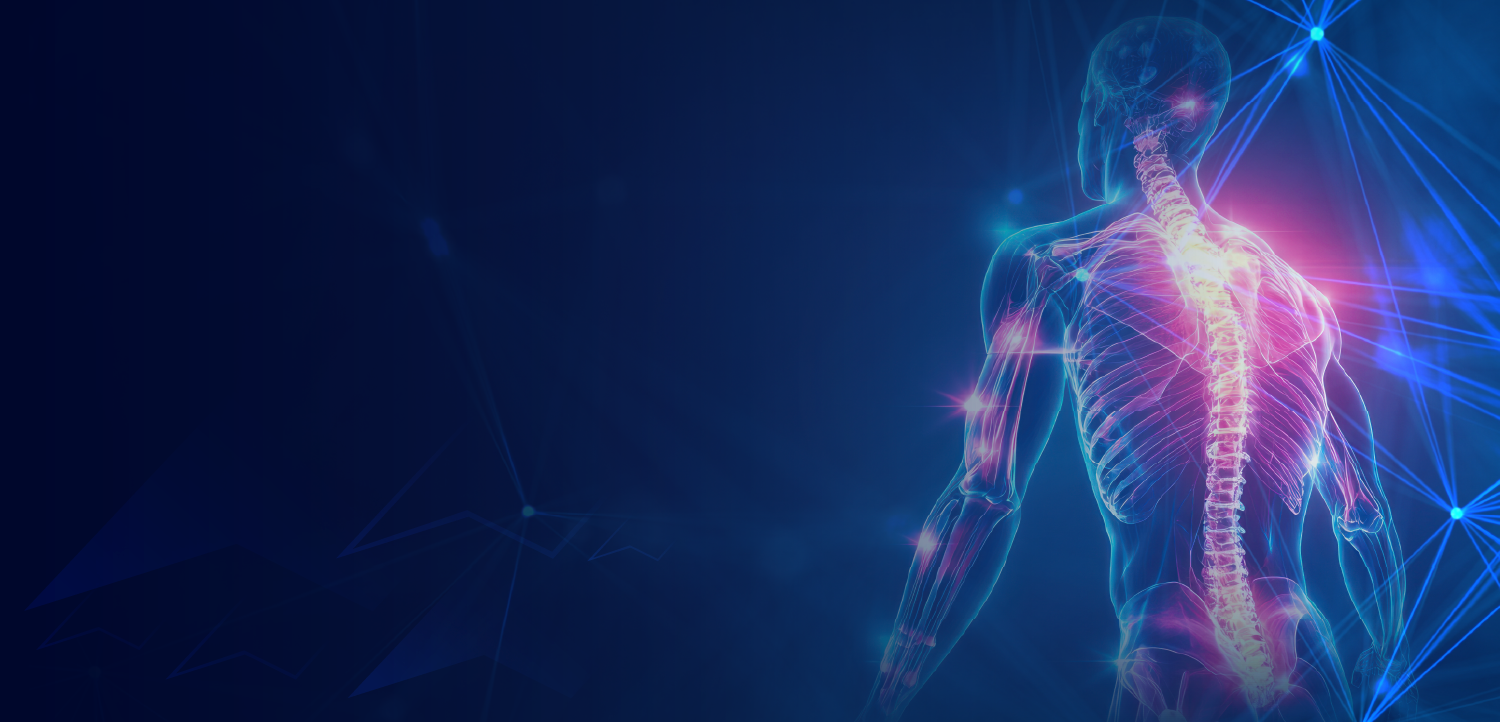Commentary|Videos|December 3, 2024
Important Considerations for Infantile Spasms Awareness: Martina Bebin, MD, MPA
Author(s)Martina Bebin, MD, MPA
The professor of neurology at the University of Alabama at Birmingham Epilepsy Center provided comment on raising awareness for infantile spasms, especially during Infantile Spams Awareness Week, which is celebrated the first week of December. [WATCH TIME: 3 minutes]
Advertisement
WATCH TIME: 3 minutes
"Early awareness, early reaching out to your pediatrician, and getting a quick referral to neurology is absolutely critical, because we know, the earlier it's recognized and intervention starts, it really has a positive impact on development."
Infantile spasms are a rare but serious seizure disorder that affects about 1 in 2000 to 4000 babies. These spasms can occur from the first week of life to 4.5 years, but the average age of onset is 3 to 7 months. Infantile spasms, characterized by hypsarrhythmia on EEG and a strong association with developmental delay or regression, have recently been reclassified as infantile epileptic spasms syndrome (IESS) to include patients not meeting full West syndrome criteria.
Each year, during the first week of December, the global community comes together for Infantile Spasms Awareness Week. This week serves to educate the public, healthcare providers, and families about the signs, symptoms, and critical need for early diagnosis and intervention. The goal of the week is to highlight the importance of recognizing the condition early, as prompt treatment can significantly impact the child’s development and quality of life.
In efforts to continue to raise awareness, NeurologyLive® sat down with epilepsy specialist Martina Bebin, MD, MPA , to discuss aspects of infantile spasms the general public and clinicians should be aware of. Bebin, a professor of neurology at the University of Alabama at Birmingham Epilepsy Center, harped on the importance of early recognition, as well as the role of parents in trusting their instincts and seeking medical advice. In addition, she spoke about how clinicians and parents should be able to use available resources, such as videos and reliable websites, to better understand what infantile spasms may look like. Furthermore, she answered questions around detection, including prenatal imaging and genetic testing, as well as ways to optimize the future of treatment for the condition.
Newsletter
Keep your finger on the pulse of neurology—subscribe to NeurologyLive for expert interviews, new data, and breakthrough treatment updates.
Advertisement
Related Articles
 NeurologyLive® Friday 5 — September 12, 2025
NeurologyLive® Friday 5 — September 12, 2025September 12th 2025
 Expanding the Alzheimer Drug Development Pipeline
Expanding the Alzheimer Drug Development PipelineSeptember 12th 2025
Latest CME
Advertisement
Advertisement
Trending on NeurologyLive
1
FDA Hands Complete Response Letter to SL1009 for Pyruvate Dehydrogenase Complex Deficiency
2
Expanding the Alzheimer Drug Development Pipeline
3
Shared Decision-Making and Ethics in Complex Neurology Clinical Research: Paul Ford, PhD
4
Patient-Reported Study Identifies Common Symptoms and Timing During Migraine Prodrome
5













































